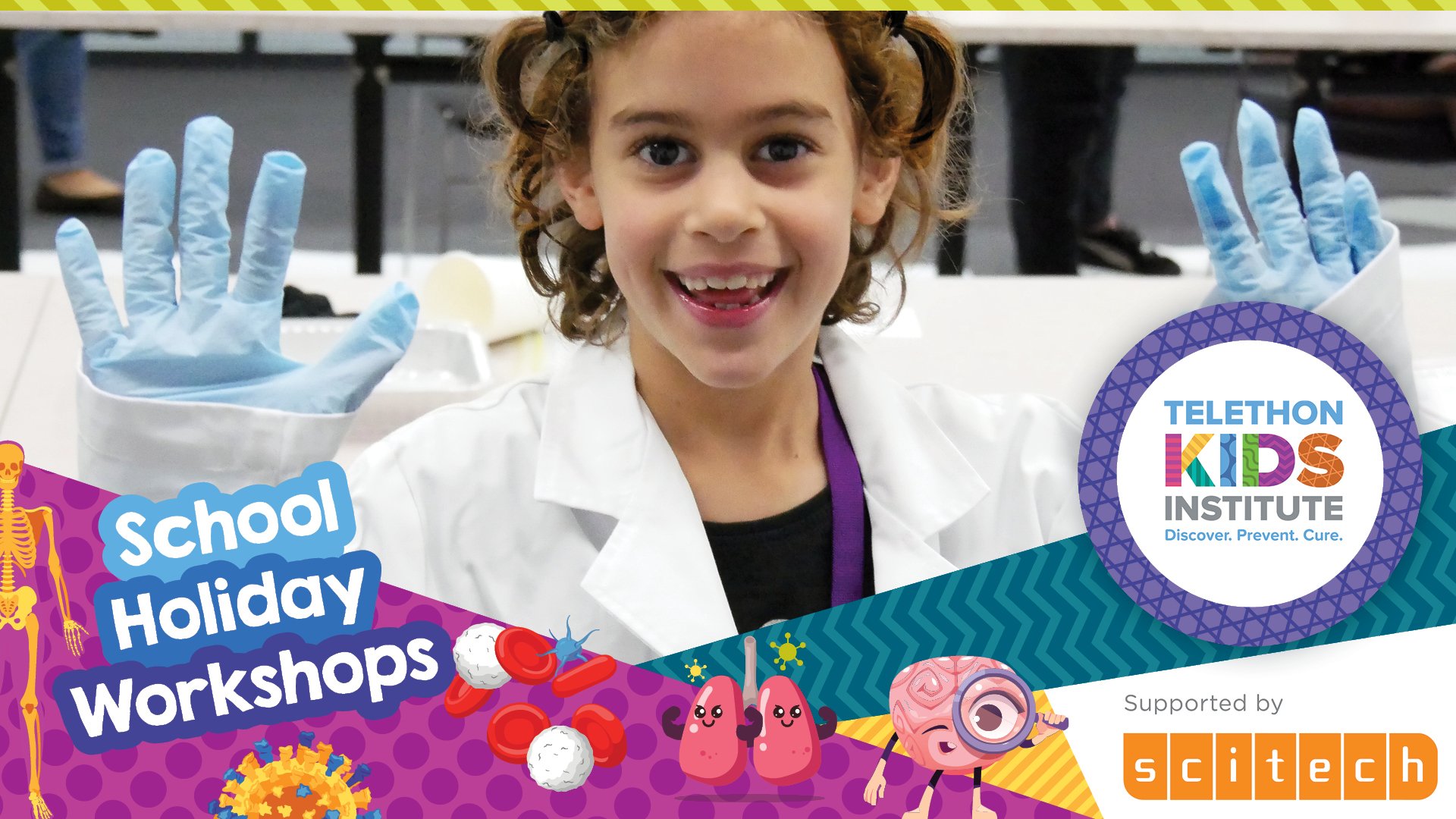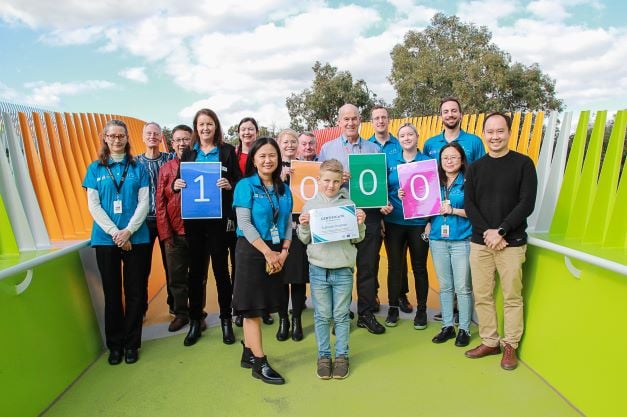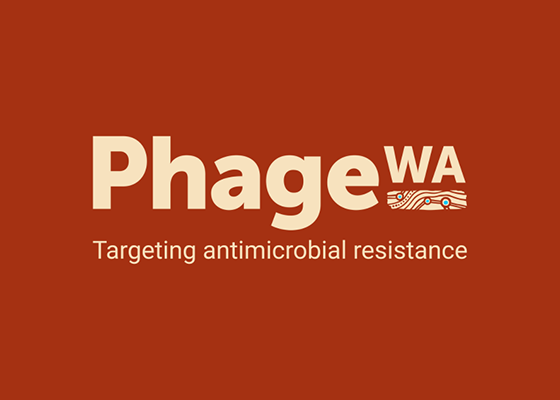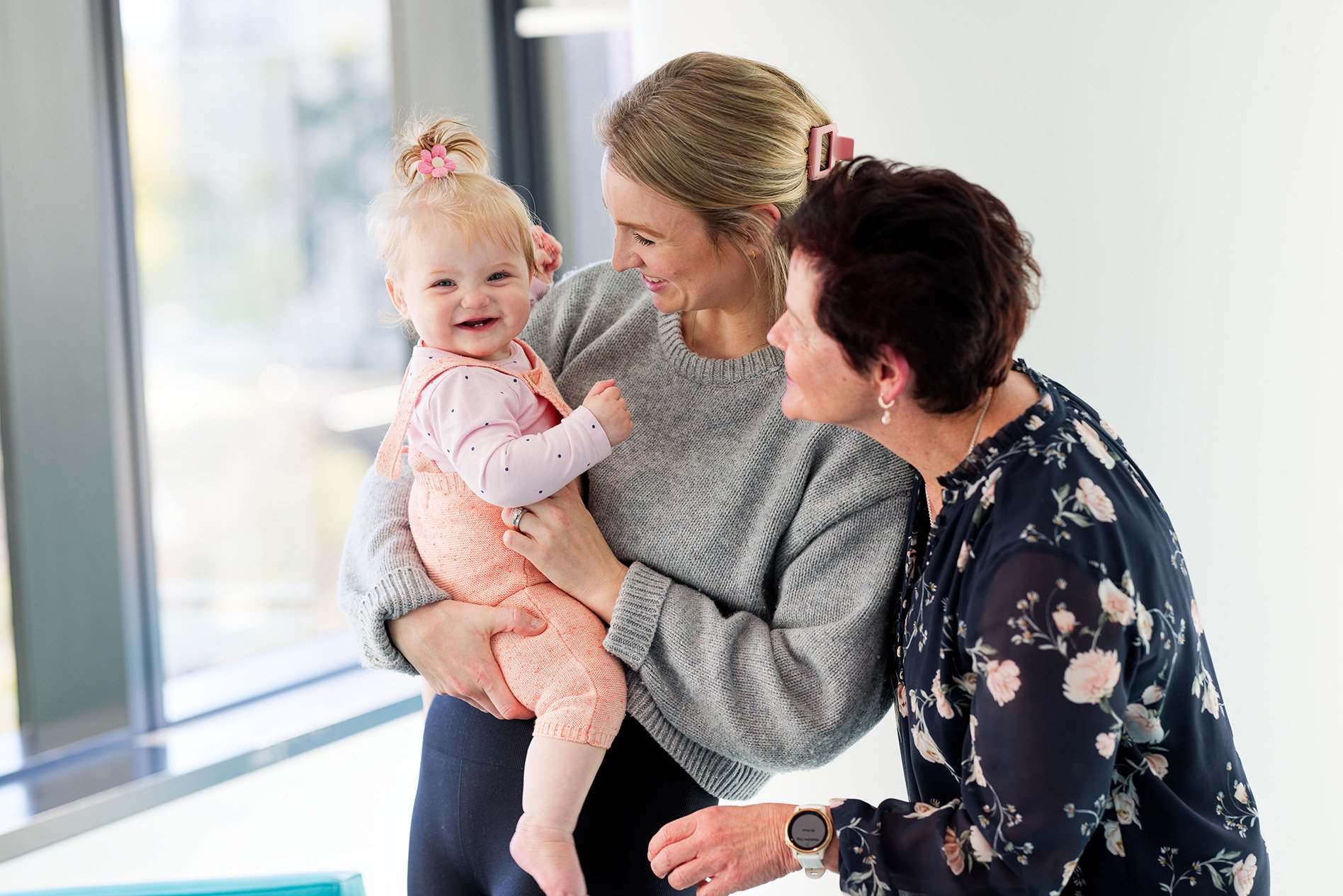Search
Showing results for "early lung health"

News & Events
School holiday workshops at ScitechEverything you need to know to book tickets to our upcoming school holiday workshops in April held at Scitech!

News & Events
20-year MAVRIC study celebrates recruitment of its 1000th participantThe MAVRIC (Mechanisms of Acute Viral Respiratory Infection in Children) study recently celebrated the recruitment of the 1000th participant to the study, eight-year-old Sullivan Strahan.

Our team uses AI to quickly analyse large amounts of genetic data to help discover alternate medications and improve existing treatments.

News & Events
The Impact of Poverty - interview with Steve ZubrickGrowing up poor is about more than just the size of your bank account. Read the new CoLab Impact of Poverty Evidence Report.
On this Research Impact page, we list stories helping to show our exciting in-progress research currently "in the pipeline" towards translation. This is research which shows a real spark of potential to make a significant difference to children and families worldwide.
Research
PneumoWA: A case-control study of the role of viral and bacterial pathogens in causing pneumonia among Western Australian childrenChristopher Elke Jennifer Peter Tom Blyth Seppanen Kent Richmond Snelling MBBS (Hons) DCH FRACP FRCPA PhD BSc PhD RN MBBS MRCP(UK) FRACP BMBS DTMH
Research
Skin InfectionsOur skin, the body’s largest organ, protects us and maintains overall health. Untreated recurring skin infections like impetigo and scabies severely impact children. The Kids is at the forefront of combatting skin infections, particularly within remote Aboriginal communities experiencing some of the world’s highest rates.
Research
ImmunisationImmunisation is the most effective way of protecting your child against a range of serious illnesses, including measles, hepatitis B and whooping cough. All vaccines used in Australia undergo stringent testing and ongoing monitoring.

Research
Respiratory Syncytial Virus (RSV)RSV hospitalises millions of babies worldwide every year: our research is helping to change that.
Research
Rheumatic Heart DiseaseRheumatic heart disease (RHD) is the most important cause of acquired cardiovascular disease in children and young adults. Virtually non-existent in most of Australia, it still predominantly affects Aboriginal communities.
